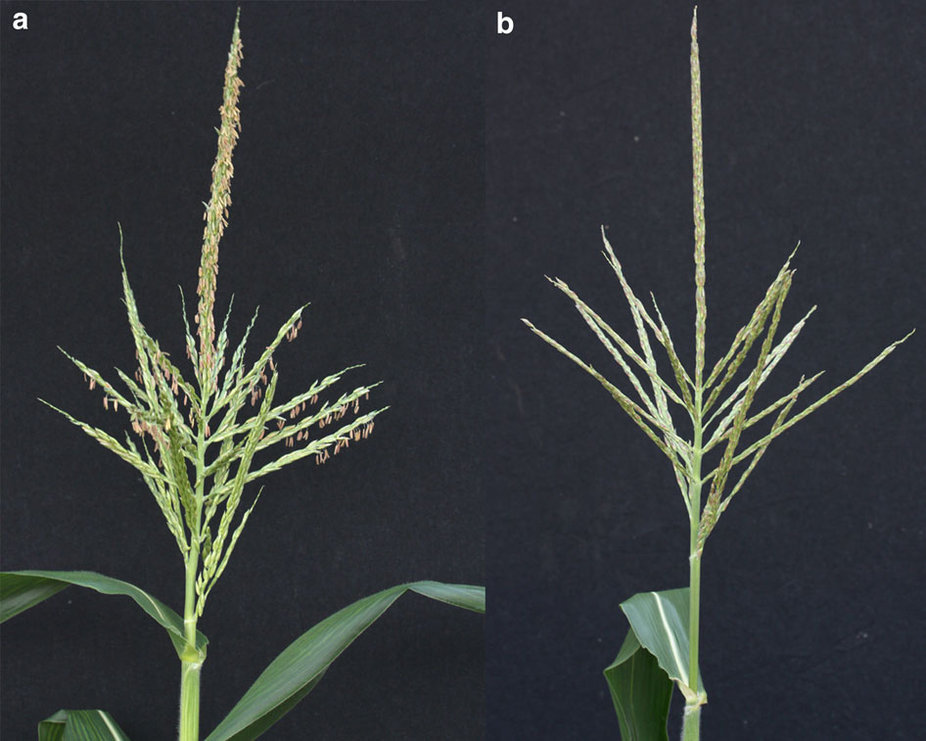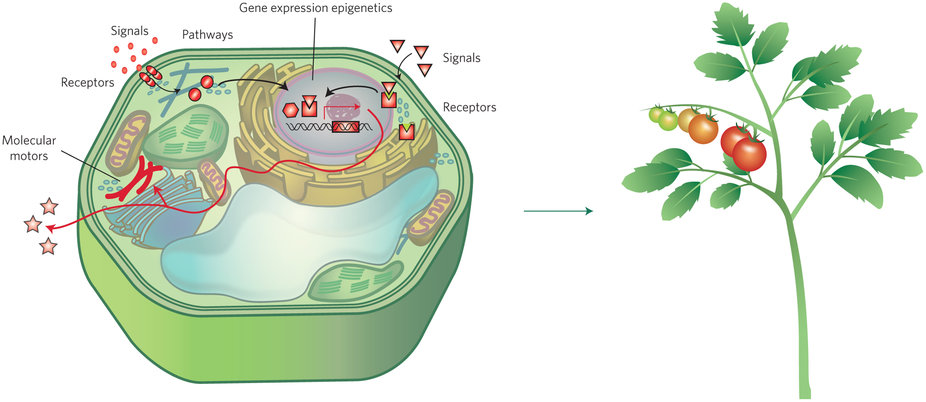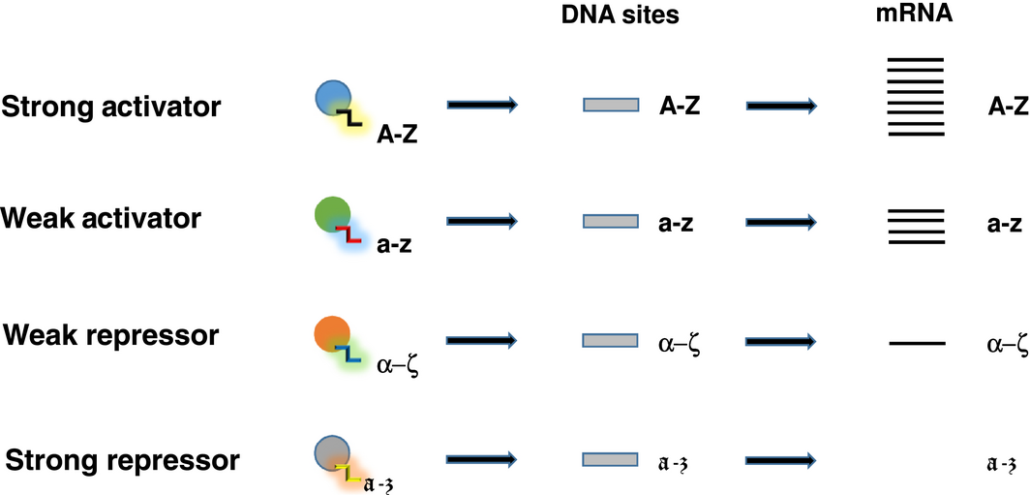
Genome editing in maize directed by CRISPR–Cas9 ribonucleoprotein complexes
Plant Science Research Weekly, Research0 Comments
/
Svitashev et al. demonstrate a new way to introduce CRISPR-Cas9 reagents into a plant cell, through the biolistic delivery of pre-assembled Cas9-gRNA ribonucleoproteins. This approach was successful in the production of engineered plants, and also demonstrated that this method can be done in a DNA- and…

Improving carotenoid production in synthetic maize through data-driven mathematical modeling ($)
Plant Science Research Weekly, ResearchCarotenoids are nutritionally important phytonutrients. Comas et al. describe a strategy to enhance the production of cartotenoids in the seed endosperm. They start with quantitative metabolomics and gene expression data which they feed into mathematical models to determine which gene(s) need to be engineered.…

Review: Biotechnology and synthetic biology approaches for metabolic engineering of bioenergy crops
Plant Science Research Weekly, ResearchShih et al. review how the many and diverse tools of plant synthetic biology can be applied towards bioenergy crops, focusing on traits related to lignocellulose, oil, and soluble sugars. Tools include those that edit genes, those that alter protein activities, and those that enable gene stacking in…

Review: Plant synthetic biology for molecular engineering of signalling and development
Plant Science Research Weekly, ResearchNemhauser and Torii define synthetic biology as “an engineering approach to design, build and analyize dynamic molecular devices and/or pathways from biological components to produce cells and organisms with customized functionality.” In their review, they describe several plant synthetic biology…

Review: Plant synthetic promoters and transcription factors
Plant Science Research Weekly, ResearchMany plant traits are multigenic, so engineering them requires modulating the expression of several genes simultaneously. Synthetic promoters and transcription factors offer such a possibility. For example, a cis-element can be introduced into the promoter of each gene of interest, and a synthetic transcription…

Review: Multi-gene engineering in plants with RNA-guided Cas9 nuclease ($)
Plant Science Research Weekly, ResearchRaitskin and Patron review efforts to express multiple single guide RNA (sgRNAs) and Cas9 in plants for the coordinated expression of many genes. They argue for the need to create single plasmids carrying the sgRNAs and Cas9, using a Type IIS restriction endonuclease-mediated assembly method. Curr. Opin.…

Review: Using CRISPR/Cas in three dimensions: towards synthetic plant genomes, transcriptomes and epigenomes
Plant Science Research Weekly, ResearchPuchta reviews the different ways that CRISPR/Cas9 can be used in synthetic biolgy, beyond the common gene-editing function. For example, the Cas9 protein can be fused to other proteins that activate or repress transcription, and targeted to different promoters using guide RNAs. He further explores the…

Quantitative characterization of genetic parts and circuits for plant synthetic biology
Plant Science Research Weekly, ResearchControl of gene expression involves both activation and repression of transcription. Schaumberg et al. used transient expression in Arabidopsis and sorghum protoplasts and dual-luciferase outputs to rapidly quantitate synthetic repressors and repressible promoters, and verified their results in transgenic…

Viewpoints: Standards for plant synthetic biology: a common syntax for exchange of DNA parts
Plant Science Research Weekly, ResearchPatron et al. describe the need to standardize DNA parts and terminology, so that researchers and inventors can use off-the-shelf parts (they draw an analogy to the standardization of components in mechanical and electronic engineering). New Phytol. 10.1111/nph.13532

